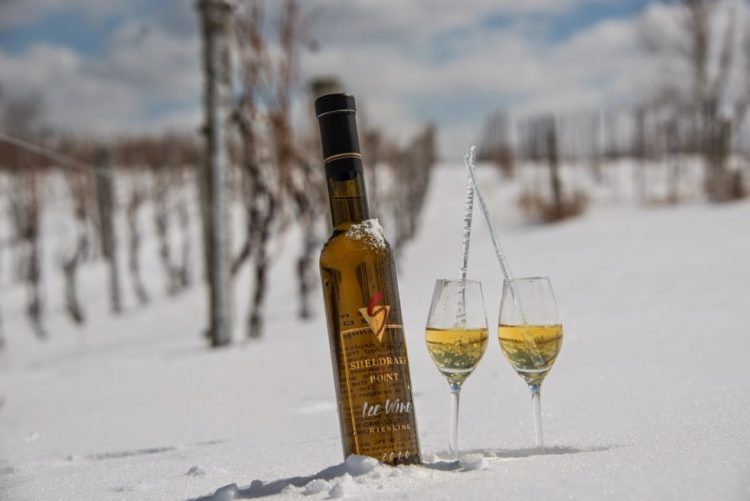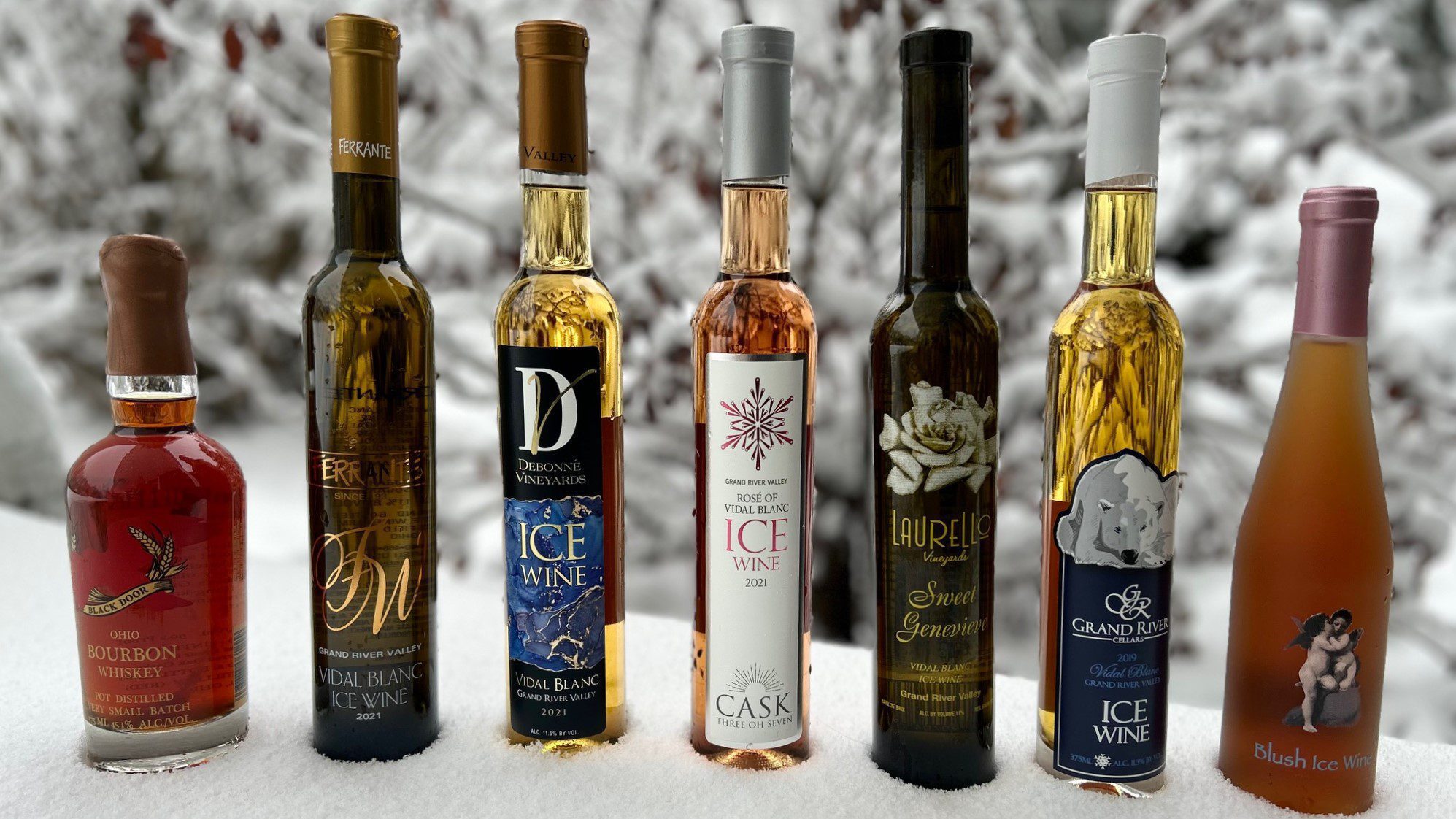Ice wine represents one of nature’s most extraordinary gifts to the wine world—a dessert wine born from grapes that have endured winter’s harsh embrace while still clinging to the vine. This liquid gold, known as Eiswein in its German homeland, transforms what could be a vineyard disaster into an exquisite delicacy. The magic happens when water freezes within the grapes, leaving behind concentrated sugars and acids that create an intensely sweet, complex wine unlike any other. From its accidental discovery in 18th-century Germany to Canada’s dominance in modern production, ice wine continues to attract wine enthusiasts with its rarity, complexity, and the extraordinary dedication required to produce it.
The Origins and History of Ice Wine
Ice wine’s story begins with serendipity in 18th-century Germany, where its production process was discovered by chance in 1794 when grapes were frozen by an unexpected frost. One determined winegrower, rather than accepting defeat, harvested these frozen grapes and discovered that the resulting wine was aromatic and exceptionally sweet. Despite this surprisingly favorable outcome, ice wine wasn’t produced regularly until 170 years later, as winemakers preferred not to risk their harvests until technological advances made the process commercially viable.
The modern ice wine industry truly took shape in Canada, where Walter Hainle first produced ice wine in British Columbia’s Okanagan Valley in 1972. However, it was Inniskillin Winery that became the first Canadian producer to make ice wine commercially in 1984, under the direction of Austrian-born co-owner Karl Kaiser. The international breakthrough came in 1991 when Inniskillin’s 1989 Vidal ice wine won the Grand Prix d’Honneur at Vinexpo, establishing Canada as a major player in the ice wine world.
The Unique Production Process

Creating authentic ice wine requires precise natural conditions that cannot be artificially replicated. The grapes must be naturally frozen on the vine, with temperatures reaching -8°C (20°F) or below during harvest. This natural freezing process is crucial—grapes that are commercially frozen and then processed cannot legally be labeled as “ice wine” but must instead be called “iced wine” or “dessert wines.”
The production process is both risky and labor-intensive. Winemakers must wait for the perfect moment when natural frost arrives, which may not happen at all before the grapes rot or are lost. When conditions align, the entire crop must be harvested within a few hours, often overnight in snow-covered vineyards. The frozen grapes are quickly pressed, yielding a smaller amount of highly concentrated, very sweet juice.
Major Ice Wine Producing Regions
Canada stands as the world’s largest ice wine producer, creating more volume than all other countries combined. Ontario produces over 90% of Canada’s ice wine, with the Niagara Peninsula providing ideal climate conditions for consistent production. The harsh Canadian winters naturally lend themselves to large-scale ice wine production, making it a signature product of the country’s wine industry.
Germany remains the traditional heartland of ice wine production, where the practice originated and continues to thrive in regions like the Mosel. Austria also maintains strong ice wine traditions, while newer producers in China have begun creating notable ice wines that have won international recognition.
Flavor Profile and Characteristics
Ice wine offers an intensely sweet flavor profile with remarkable complexity. The concentration process creates wines sweeter than most sugar-filled sodas, yet balanced by high acidity that prevents cloying sweetness. Typical flavor notes include citrus and tropical fruits, honey, marmalade, and candied peel. The wines often display tropical aromas with hints of orange, peach, mango, and caramel.
Most ice wines are made from Riesling and Vidal Blanc grapes, though producers also use Cabernet Franc, Cabernet Sauvignon, Shiraz, Merlot, and Sangiovese. The alcohol content typically hovers around 10%, slightly less than traditional table wines.


